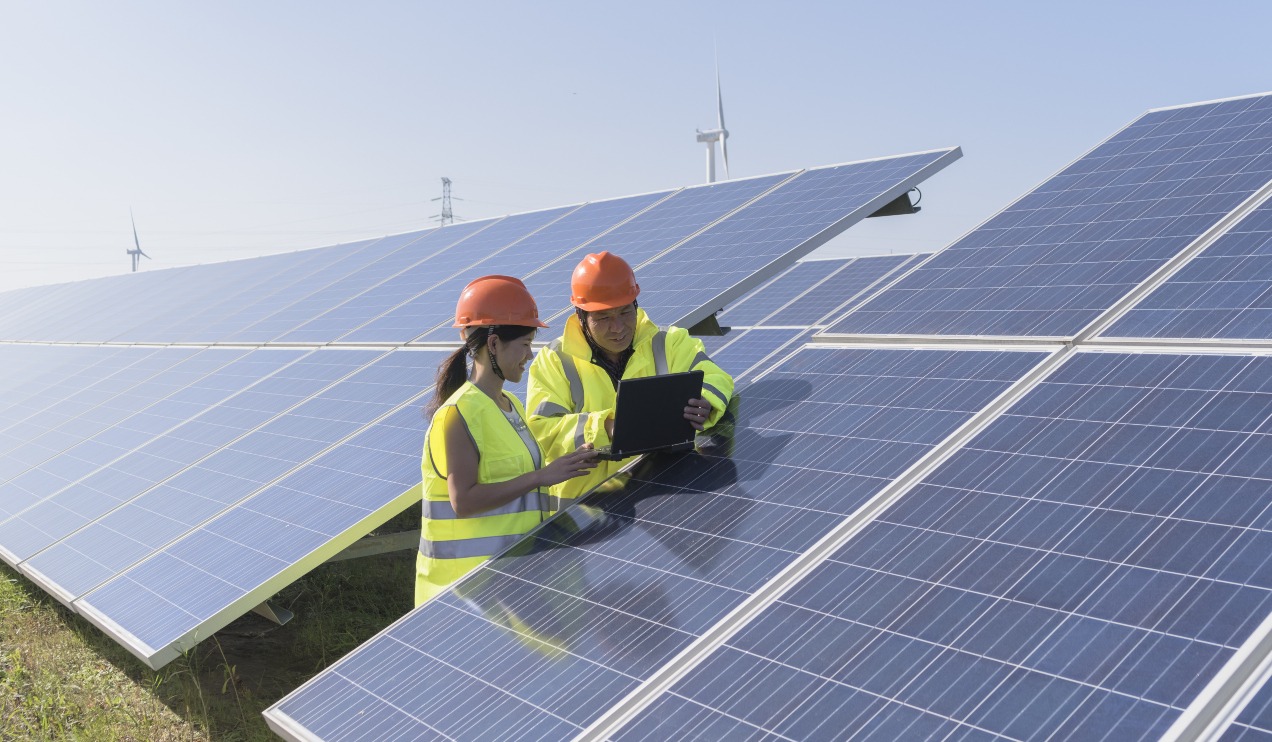Washington State’s ferries are an iconic part of life in the coastal Northwest. They’re also an indispensable part of the state’s transportation system and economy. The ferry system—the nation’s largest—carries more than 9 million passenger and commercial vehicles a year, but is still recovering from staffing and service reductions that took place during the COVID pandemic.
The work of restoring full ferry service is taking place alongside progress towards another goal—reducing the diesel pollution created by the system’s fleet of vessels. Washington State Ferries has set a goal of cutting emissions 70% by 2040, and achieving a 95% reduction—effectively net zero—by 2050. That will require replacing older diesel ferries with new vessels powered by clean energy.
In early March, Governor Bob Ferguson announced details of his plans to restore full ferry service by the summer of 2025. “Washingtonians count on fast, reliable ferries to get to work and access critical services,” he said. “We must do everything we can to fully restore ferry service to pre-pandemic levels. This decision immediately improves customer service and centers the people.”
At the same time, the governor is directing WSF to delay the conversion of two diesel ferries to hybrid-electric until after the World Cup in 2026. While the delay of these vessel conversions is disappointing, it is reassuring that Governor Ferguson is committed to the goal of achieving a zero-emission ferry system.
Progress towards this goal is, in fact, underway. The first hybrid-electric ferry in the WSF system is expected to enter service in June. The Wenatchee, a 460-foot vessel that can carry over 2,000 passengers and 200 vehicles, is expected to be back in service after a conversion to hybrid-electric propulsion. Part of the Jumbo Mark II class of vessels, the Puyallup and Tacoma were slated for conversion this year. That conversion has been delayed; however this should allow the WSF system to learn from the Wenatchee project potentially resulting in a smoother transition.
The plan for new clean electric ferries remains unchanged. Proposals for the next five vessels in the WSF system are currently being accepted. These vessels will be 160-auto capacity hybrid-electric vessels and are expected to enter service by 2028. In total the state is projected to build 16 new vessels by 2040 which will also require building shore power infrastructure at terminal locations.
We need to move away from diesel fuel for how we get around. We all know the exhaust is dirty and bad for your lungs–this is especially true for port towns, local neighbors, and commuters breathing in the exhaust from these large diesel-powered boats. Plus, these same island and coastal communities are impacted by extreme weather, flooding, sea level rise as a result of climate change. Communities who rely on the state’s ferry system deserve reliable service and clean operations.
The Washington State Ferry system is an essential part of living in Western Washington and we applaud the hard working staff. Those dependent on what is the largest ferry system in the country need help from our state and commitments to solve this problem. Thankfully we can all be proud to live in a state where polluters foot the bill; the Move Ahead WA transportation plan put some Climate Commitment Act dollars towards zero-emission ferries.
Washington is a maritime state with a rich maritime heritage, the future of this sector is cutting pollution. We have to get off diesel, stop breathing the exhaust, and switch to other cleaner options. Zero-emission vessels are the right direction for our ferries and the future of Washington’s maritime industry.
Source link
Kurt Ellison www.climatesolutions.org



